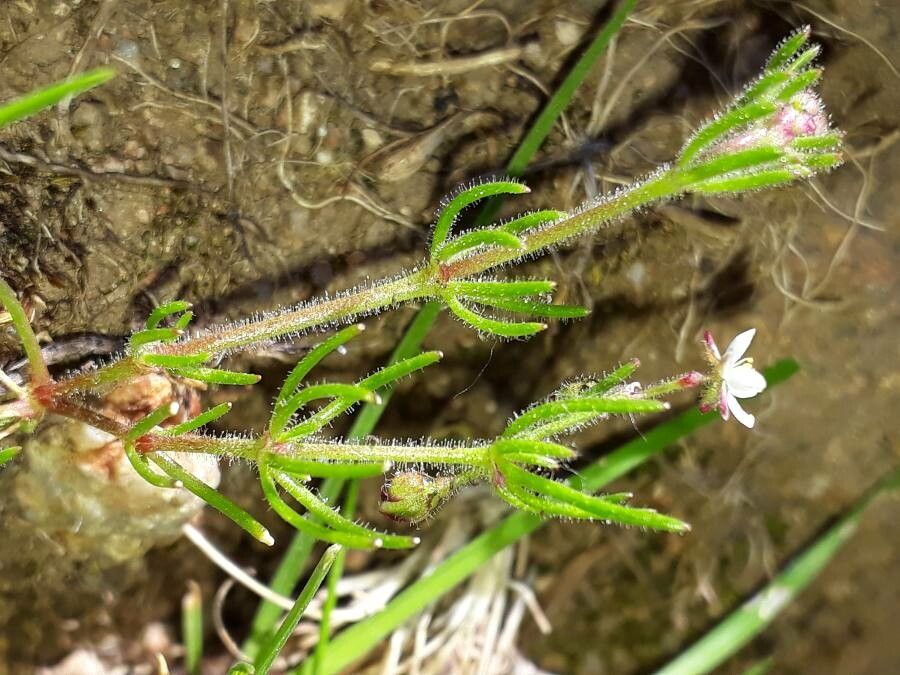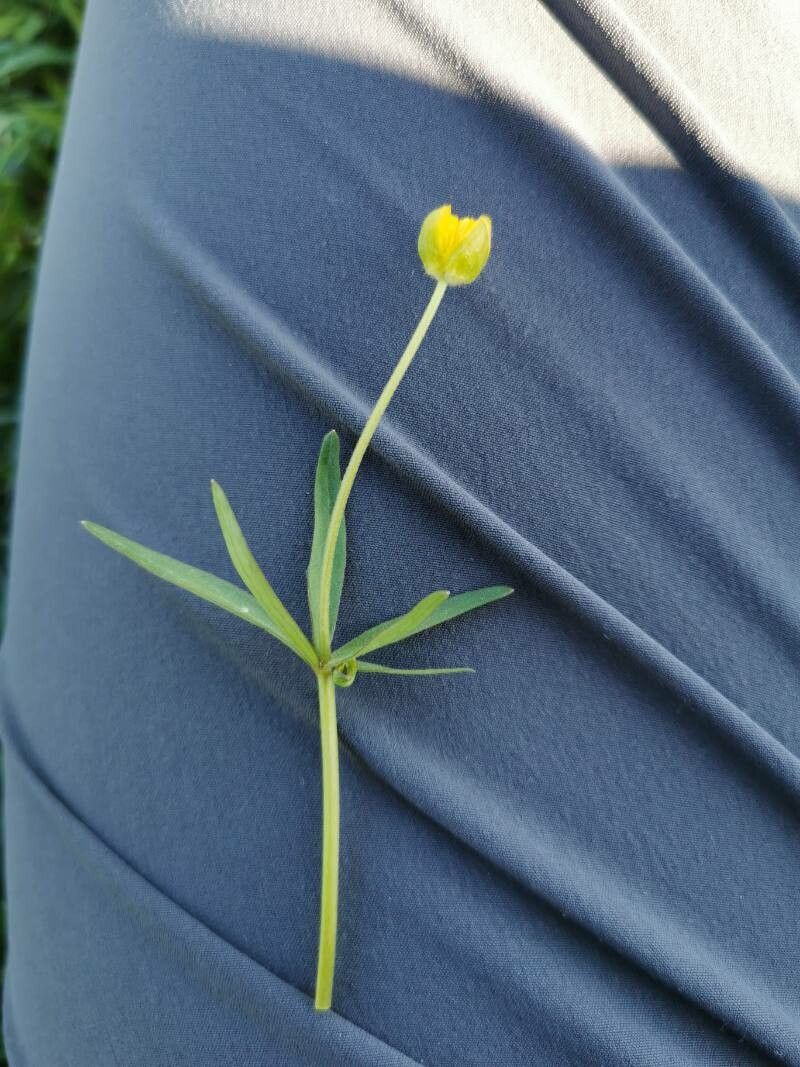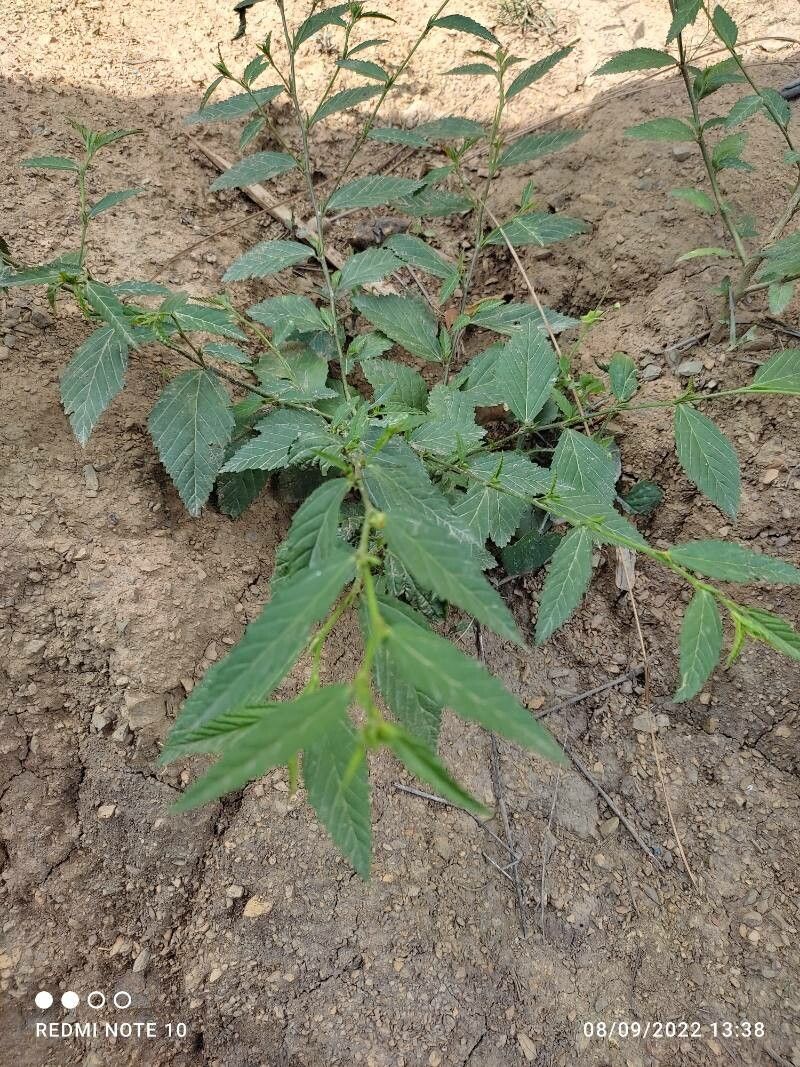## Starwort: A Celestial Addition to Your Garden
Starwort, a captivating member of the Caryophyllaceae family, is known for its delicate, star-shaped flowers. These charming plants offer a range of species, adding a touch of ethereal beauty to gardens, meadows, and even wild spaces. Whether you're a seasoned gardener or a budding enthusiast, understanding their needs is key to cultivating these delightful blooms.
### Identifying Starwort
While the common name "Starwort" encompasses various species, many belong to the *Stellaria* genus. These plants typically feature small, white, five-petaled flowers that resemble tiny stars, hence their enchanting name. The leaves are often ovate or lanceolate, and the stems can be creeping or erect, depending on the species. Some varieties are low-growing ground covers, while others can achieve a slightly taller stature.
### Habitat and Growth
Starwort plants exhibit a remarkable adaptability to diverse environments. Many species thrive in moist, well-drained soils, often found in woodland areas, meadows, and along stream banks. They are generally tolerant of partial shade, though some may prefer full sun, depending on the specific variety and climate. It's essential to research the specific needs of your chosen Starwort species.
### Soil Needs and Sun Exposure
Starwort thrives in soil that is consistently moist but well-drained. Poorly drained soil can lead to root rot. While preferring moist conditions, they are not tolerant of constantly soggy or waterlogged soil. Regarding sunlight, many Starwort species prefer partial shade to full sun, especially in warmer climates. However, some may tolerate full sun if given adequate moisture. Observing the natural habitat of your chosen species is a good indicator of its ideal sun exposure.
### Planting and Care
Planting Starwort is relatively straightforward. Choose a location that suits the specific species' sun and soil preferences. Prepare the soil by removing any weeds and amending it with organic matter to improve drainage and fertility. Sow seeds directly into the prepared soil or transplant seedlings. Regular watering is crucial, especially during dry periods. Deadheading spent blooms can encourage more flowering. Proliferation through self-seeding is common in many Starwort varieties.
### Propagation
Starwort can be propagated through seeds or by division. Seed propagation is relatively easy, with seeds often germinating readily in moist soil. Division is a simple method to increase the number of plants, particularly for clump-forming species. This can be done in spring or autumn.
### Pest and Disease Resistance
Starwort is generally resistant to major pests and diseases, making it a relatively low-maintenance option for gardeners. However, monitor your plants for signs of fungal diseases or infestations, and address any issues promptly. Good air circulation and proper watering can help prevent many problems.
### Conclusion
Starwort's delicate beauty and adaptability make it a valuable asset to any garden. By understanding its specific needs, you can successfully cultivate these enchanting plants and enjoy their celestial blooms for years to come. Remember to research your specific Starwort variety for optimal growth and care.
Starwort: A Gardener's Guide to this Charming Plant

Frequently Asked Questions
How do I care for Starwort plants?
Starwort requires consistently moist but well-drained soil. Regular watering is crucial, especially during dry periods. They prefer partial shade to full sun, but specific sun needs vary by species. Deadheading encourages more flowers.
What type of soil does Starwort need?
Starwort thrives in moist, well-drained soil. Avoid poorly drained soil, which can lead to root rot. Amending the soil with organic matter can improve drainage and fertility.


